Greysheet & CPG® PRICE GUIDE
- U.S. Coins /
- Pre-1933 Gold Coinage /
-
1896 $2.50 Liberty Gold, Proof Values
Year
Sort by
About This Series
Catalog Detail
Legal Disclaimer
The prices listed in our database are intended to be used as an indication only. Users are strongly encouraged to seek multiple sources of pricing before making a final determination of value. CDN Publishing is not responsible for typographical or database-related errors. Your use of this site indicates full acceptance of these terms.








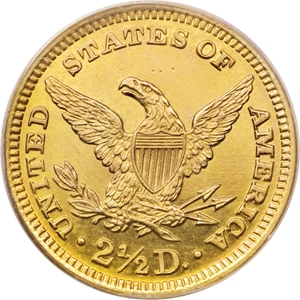











| $2.50 Liberty Gold, Proof | Value Range | Favorite | |||
|---|---|---|---|---|---|
| $2.50 Liberty Gold, Proof | Value Range | ||||
|
$2,050
-
$31,500
$2,050 - $31,500
|
||||
|
$3,650
-
$34,500
$3,650 - $34,500
|
||||
|
$5,250
-
$62,000
$5,250 - $62,000
|
||||
From the Greysheet Marketplace
Buy Now: $60.00
Buy Now: $3,400.00
Buy Now: $1,800.00
Buy Now: $900.00
Buy Now: $900.00
Buy Now: $900.00
Buy Now: $45.00
Related Stories (powered by Greysheet News)
View all news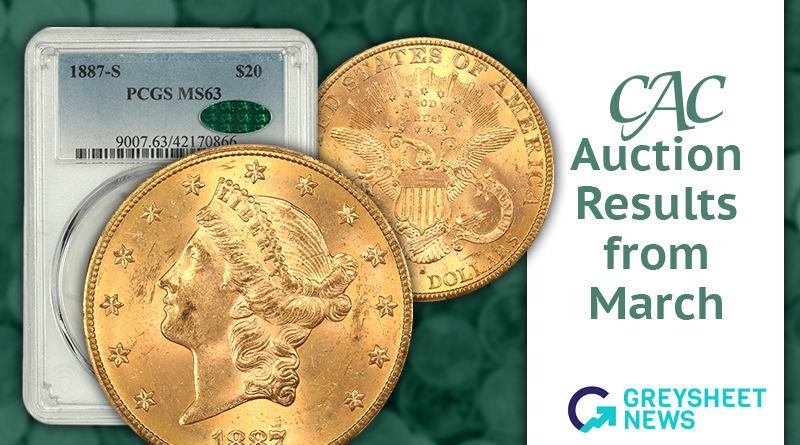
CAC approved and CACG encapsulated coins fared well in public sales during the month of March 2025.

The trusted leader in numismatics officially releases the all-new, redesigned and reimagined 2026 Red Book, the hobby's most iconic reference for U.S. coins.
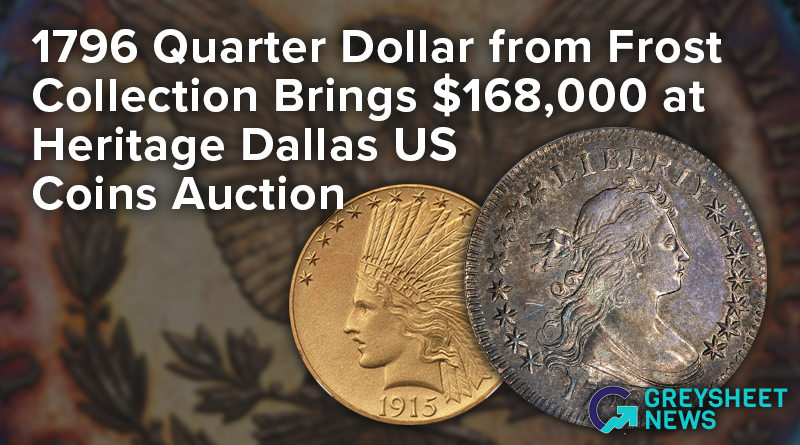
1915 and 1912 Indian Eagles, 1929 Double Eagle and 1795 Flowing Hair Three Leaves Dollar also among April 3-6 event highlights.
Greysheet Catalog Details
Catalog Detail
Legal Disclaimer
The prices listed in our database are intended to be used as an indication only. Users are strongly encouraged to seek multiple sources of pricing before making a final determination of value. CDN Publishing is not responsible for typographical or database-related errors. Your use of this site indicates full acceptance of these terms.



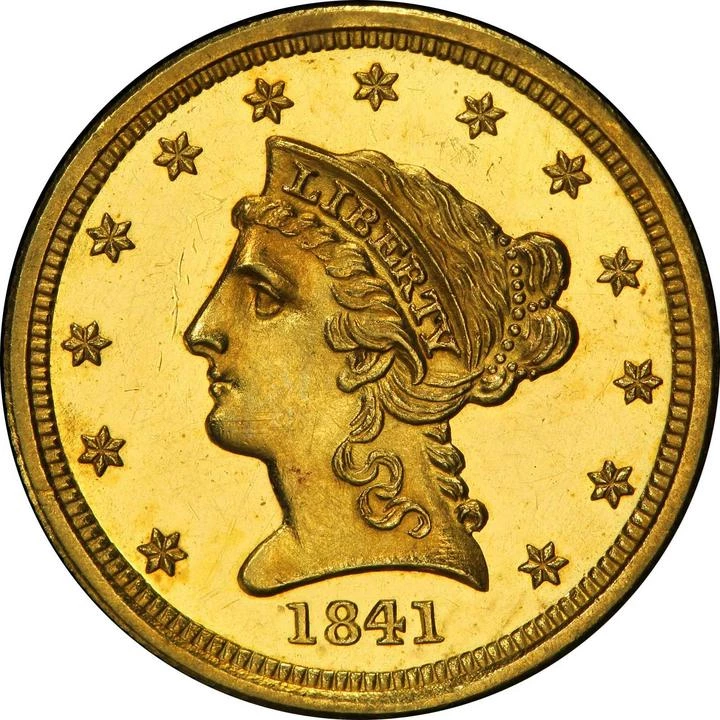


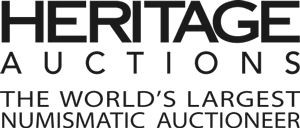



 Loading more ...
Loading more ...
